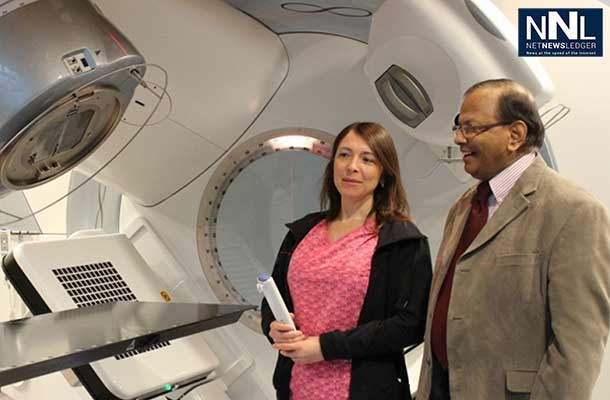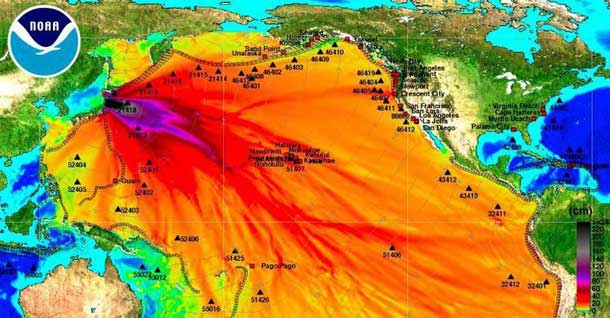

NEW YORK – Every day, the average American is exposed to small amounts of radiation in many ways. To prevent this exposure from causing serious problems, it’s important to develop radiation situation monitoring protocols to prevent unnecessary, and potentially dangerous, exposure and the subsequent negative side effects such as radiation sickness. You can find more info at ecotestgroup.com. Through radiation monitoring and tracking the radiation levels to which a person has been or could potentially be exposed, safety precautions can be taken.
Monitoring in the medical setting: beyond nuclear power generation
The trouble is this: Because there are so many potential sources of gamma radiation and other kinds of exposure, it can be a challenge to track all instances. From work area monitoring to monitoring the situation in locations such as weapons manufacturing facilities and scrap metal plants, there is a constantly evolving need to develop new ways of monitoring radiation situations in a variety of settings. Medical radiation can be effectively tracked, and it is important that the industry continues to do so to ensure that the only sources of medical radiation are those that are necessary for diagnostic testing such as x-rays and CT scans, and that the amount of radiation emitted during these tests stays at safe levels. Monitoring radiation in this way helps to mitigate the threat of overexposure.
Another reason that importance should be placed on medical area monitoring systems is that exposure to radiation can affect a patient’s ability to obtain health insurance. If it is determined that a patient has been exposed, healthcare insurance providers can either deny coverage or charge exorbitantly high premiums. Tracking radiation levels and mitigating exposure can prevent this from happening. Mobile radiation tracking can reduce the risk of liability.
The best way to keep a medical facility safe from radiation exposure is to prevent radiation levels from exceeding safe levels. Tracking radiation is one way of ensuring exposure doesn’t exceed safe levels, but there are other protocols that should be in place, too. For example, if patient is in danger of experiencing radiation overdose, medical staff can and should explore alternative methods of treatment so as to avoid additional exposure. In cases where medical radiation cannot be avoided, however, effective tracking methods are essential.
Conclusion
Radiation tracking in a medical setting should always be performed by a qualified and experienced tracking service. These companies utilize highly sophisticated tools and expertise to track radiation levels with patients’ safety at the forefront of their priorities. If any unsafe levels are detected or a patient is determined to be at risk of overexposure, that patient must be flagged as being high risk, a designation that cannot be lifted until a medical professional deems the danger has been addressed and eliminated.


